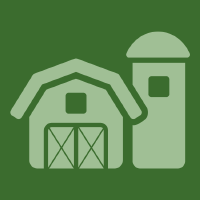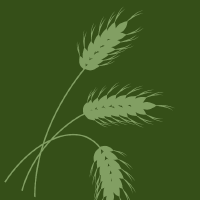Topic Editors





Optimizing Plants and Cultivation System for Controlled Environment Agriculture (CEA)
Topic Information
Dear Colleagues,
Nowadays, controlled environment agriculture (CEA), such as plant factories and vertical farms, is playing an increasingly important role in supporting human life. It can achieve year-round harvests and higher yields per unit area, and can produce food for humans in adverse conditions (e.g., epidemics and war) and extreme environments (e.g., outer space, polar regions, deep seas). For climate-controlled farms, the growth conditions (i.e., light, temperature, or humidity) are favorable for plants, and pests and diseases are effectively controlled. However, the CEA farming system faces the challenges of limited time and space and high energy cost. The development of CEA, on the one hand, relies on the optimization and upgrading of growing conditions and hardware facilities to provide a suitable growth environment for plants and, on the other hand, depends on the genetic engineering of crops to reduce their resource consumption while increasing their output. Crop varieties with high output (in terms of density, yield, and nutrition) and low consumption (small size, short growth cycle, and high photosynthetic efficiency) are needed. This topic will focus on recent advances in improving plants and cultivating system for CEA. Original research articles, reviews, mini reviews, and short communications are welcome.
Dr. Linxuan Li
Dr. Yongming Liu
Dr. Xiumei Luo
Dr. Maozhi Ren
Dr. Xiulan Xie
Dr. Jie He
Topic Editors
Keywords
- physiology
- genetics
- biochemistry
- biotechnology
- breeding
- cultivation
- utilization
- led lighting
- plant science
- plant factory
- intelligent horticultural equipment
- controlled environment agriculture
- advanced agricultural concepts
Participating Journals
| Journal Name | Impact Factor | CiteScore | Launched Year | First Decision (median) | APC | |
|---|---|---|---|---|---|---|

Agriculture
|
3.6 | 3.6 | 2011 | 17.7 Days | CHF 2600 | Submit |

Agronomy
|
3.7 | 5.2 | 2011 | 15.8 Days | CHF 2600 | Submit |

Horticulturae
|
3.1 | 2.4 | 2015 | 14.7 Days | CHF 2200 | Submit |

Plants
|
4.5 | 5.4 | 2012 | 15.3 Days | CHF 2700 | Submit |

MDPI Topics is cooperating with Preprints.org and has built a direct connection between MDPI journals and Preprints.org. Authors are encouraged to enjoy the benefits by posting a preprint at Preprints.org prior to publication:
- Immediately share your ideas ahead of publication and establish your research priority;
- Protect your idea from being stolen with this time-stamped preprint article;
- Enhance the exposure and impact of your research;
- Receive feedback from your peers in advance;
- Have it indexed in Web of Science (Preprint Citation Index), Google Scholar, Crossref, SHARE, PrePubMed, Scilit and Europe PMC.

